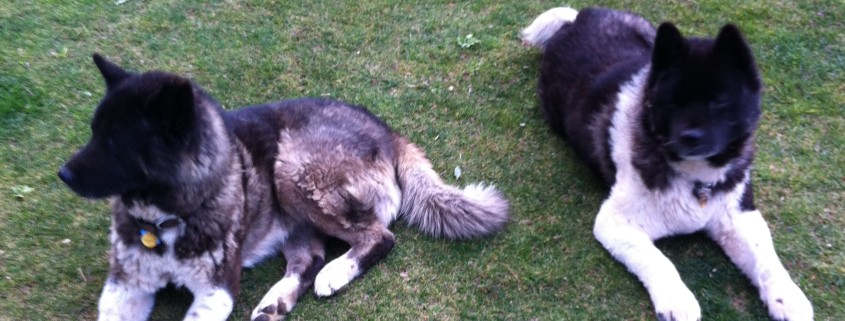Ringworm in Dogs
Ringworm is not actually a worm – it is a fungal infection of the skin. The fungus usually grows in a circular patch (hence the name) and is highly contagious to other pets and people in the household. You will usually be able to find the spots of ringworm around your pet’s head and front legs. The spots lose their hair, the skin looks flaky and sometimes red. The fungus is passed through physical contact with the affected areas and by contact with any bedding or surfaces that have touched the affected area. The fungus is very hardy and can survive in the environment for a long time. For this reason, ringworm is very common in shelters where there is a lot of traffic from different dogs. Cleaning practices are essential to getting rid of the fungus once it is introduced to an environment. Puppies are especially susceptible to ringworm because their immune systems are not fully mature.
If you spot these lesions on your dog bring them to the vet immediately and keep them away from other pets. Wash all of their bedding, vaccum and clean your house. Make sure to wash your hands after handling the dog. Your veterinarian can prescribe topical and oral treatments to clear up the infection. Left untreated the fungus will continue to spread. While it is uncomfortable, it is not a terribly serious condition and will clear up with proper medication and sanitation.
Studies
A zoonotic ringworm outbreak caused by dysgonic strain of microsporum canis from stray cats.
Strains differentiation of microsporum canis by RAPD analysis using (GACA)4 and (ACA)5 primers.
Occupational health hazards in veterinary medicine: zoonoses and other biological hazards.

